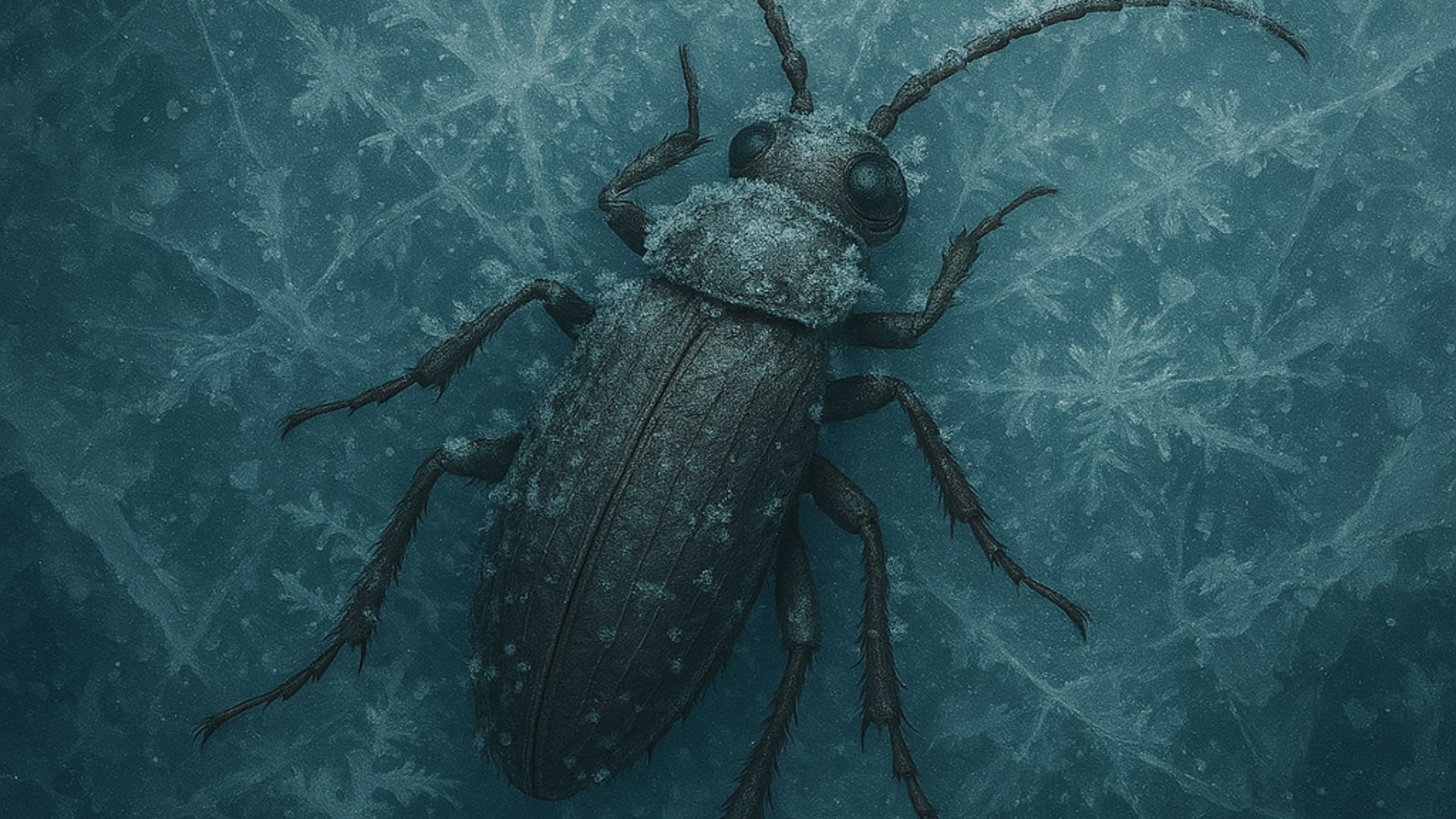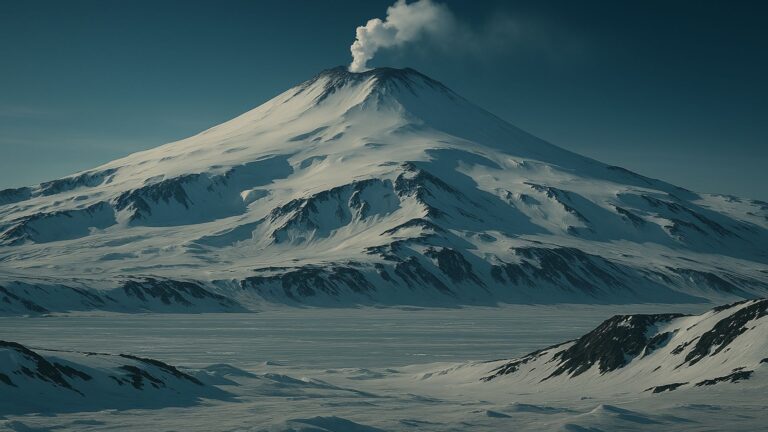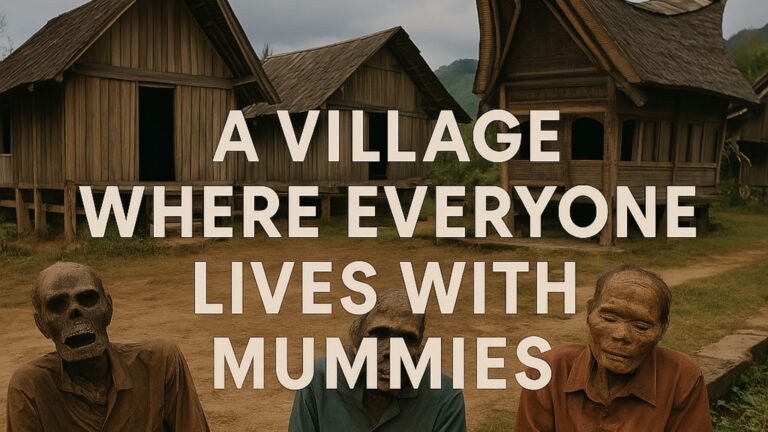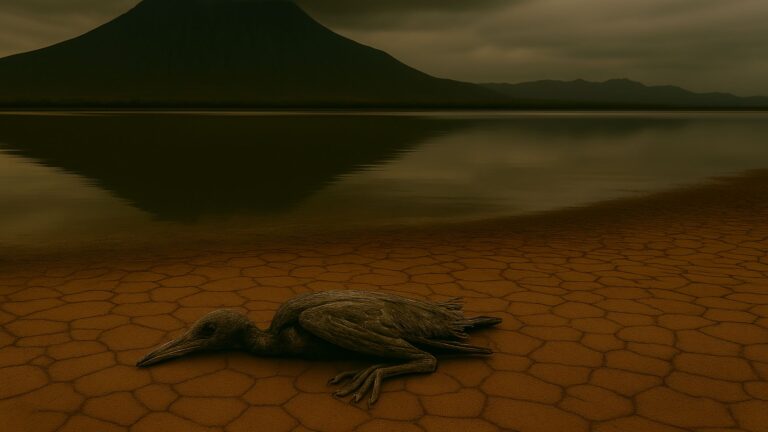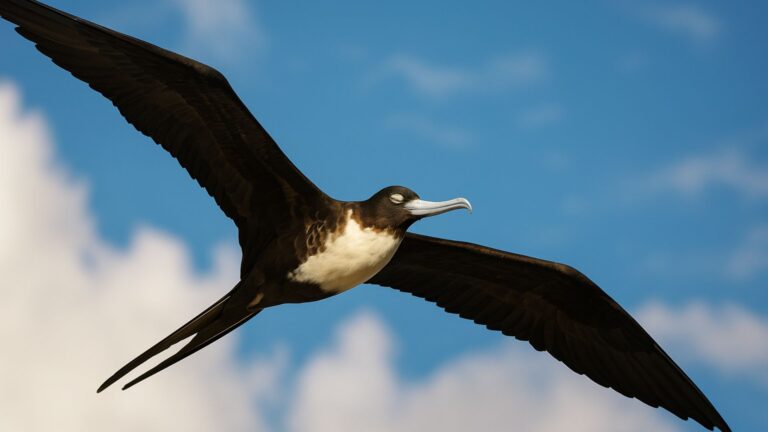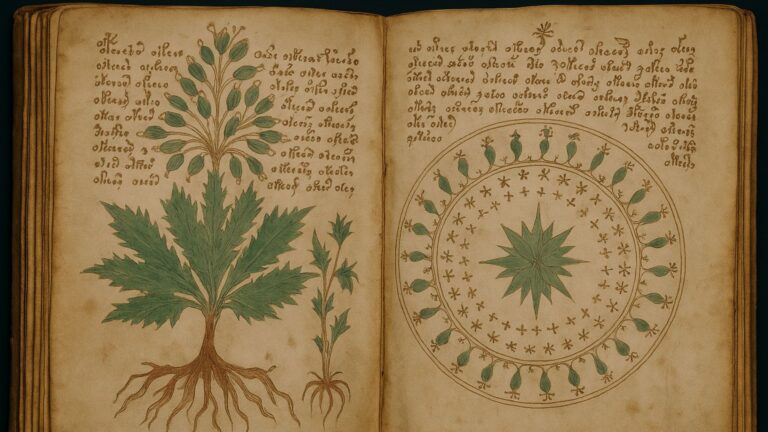Insects That Can Survive Being Frozen for Years — Nature’s Deep Freeze Survivors
It may sound unbelievable, but there are insects that can survive being frozen for years. These creatures defy the rules of biology by enduring subzero temperatures that would kill most life forms. Found in some of the coldest regions on Earth, these insects have evolved extreme adaptations that allow them to enter a state of suspended animation.
Let’s explore how these insects can survive being frozen for years, what species are capable of this feat, and what it means for science and even space exploration.
🧬 The Science of Freezing and Living Again
When water inside a living cell freezes, it usually causes the cell to burst — leading to irreversible damage. However, there are insects that can survive being frozen for years because they’ve developed biochemical strategies to prevent this.
🔹 How Do They Do It?
- Cryoprotectants: These insects produce natural antifreeze compounds, like glycerol and trehalose, that prevent ice crystals from forming inside cells.
- Desiccation: Some species reduce their water content, making ice formation less likely.
- Controlled Ice Formation: Instead of allowing uncontrolled freezing, they guide where and how ice forms in their bodies — avoiding critical tissues.
These adaptations allow them to freeze solid and later thaw without injury.
🐛 Which Insects Can Do This?
Among the most famous examples proving there are insects that can survive being frozen for years are:
🐻 Arctic Woolly Bear Moth (Gynaephora groenlandica)
- Found in Alaska and the Arctic tundra
- Spends 90% of its life frozen
- Takes up to 14 years to mature, freezing and thawing every year
🐸 Alaskan Wood Frog (Lithobates sylvaticus)
Though technically an amphibian, this frog uses the same strategies as freezing insects — surviving being 70% frozen, with no heartbeat or brain activity.
Must Read: What Could Disappear by 2040? Shocking Predictions That May Come True
🧪 Why It Matters: Practical Applications
Knowing that there are insects that can survive being frozen for years has real-world implications:
- Cryopreservation: These natural antifreeze chemicals inspire organ freezing techniques.
- Food storage: Helps develop better methods to preserve food for long-term use.
- Space biology: NASA studies these species to understand how life might survive on icy planets or moons.
Must Read: Nancy Wake – The Fearless French Resistance Fighter Known as the ‘White Mouse’
📍 Where Can You Find These Species?
- Arctic tundra (Canada, Greenland, Siberia)
- Alaskan forests
- High-altitude cold deserts
Their natural habitats are extremely hostile — yet they thrive.
🧠 Fun Fact:
Woolly bear moths often spend more years frozen than active, making their adult life span only a tiny part of their existence.

